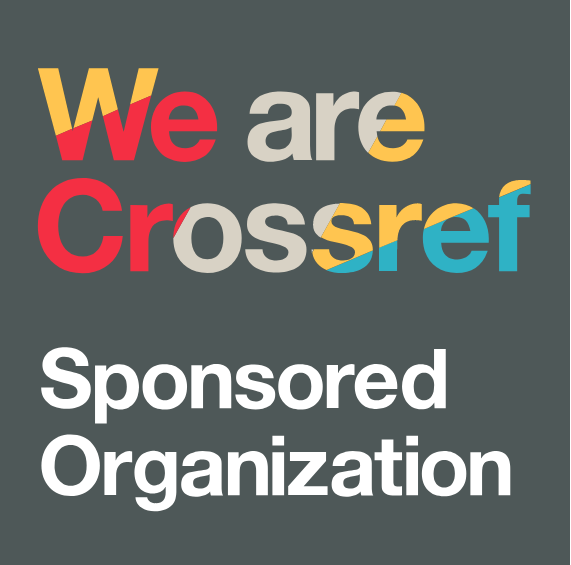Legal Analysis of Bullying as a Crime of Psychological Violence
DOI:
https://doi.org/10.38035/sijal.v1i4.194Keywords:
Bullying, Psychological Violence, Child Protection, Legal Analysis, Indonesian Law, Victim Protection, KUHPAbstract
This study analyzes bullying as a form of psychological violence from a legal perspective in Indonesia. Bullying, often overlooked compared to physical violence, poses serious threats to the mental and emotional well-being of victims. The research focuses on the legal definitions, types, and impacts of psychological bullying, particularly on children and adolescents. By reviewing relevant laws, such as the Child Protection Act and provisions in the Indonesian Penal Code (KUHP), the study highlights the legal frameworks that address bullying as a crime. The findings show that while existing regulations recognize psychological violence, there is still a need for stronger enforcement and awareness to prevent and mitigate bullying effectively. The study also emphasizes the importance of socialization, legal education, and psychological support for victims to build a safer environment for all, especially vulnerable groups.
References
Undang-Undang Nomor 23 Tahun 2002 tentang Perlindungan Anak.
Undang-Undang Nomor 35 Tahun 2014 tentang Perlindungan Anak.
Undang-Undang Nomor 39 Tahun 1999 tentang Hak Asasi Manusia.
Kitab Undang-Undang Hukum Pidana (KUHP).
Maharani, U., & Ali, H. (2019). Model of purchase intention: product and promotion analysis to increase brand awareness (case study on Micca cosmetics). Saudi Journal of Humanities and Social Sciences, 4(5), 316-325.
Astuti, R. D. (2019). Perundungan dalam Perspektif Hukum Pidana Indonesia. Jurnal Hukum dan Hak Asasi Manusia, 10(2), 145–162.
Khalid, S. A., & Ali, H. (2006). Organizational citizenship behavior, turnover intention, and absenteeism among hotel employees. Malaysian Management Review, 41(1), 2006.
Maulidya, S. & Rahman, A. (2021). Analisis Dampak Psikologis Bullying pada Anak dan Remaja. Jurnal Psikologi Indonesia, 18(3), 234–250.
Putri, N. & Susanti, E. (2020). Peran Sekolah dalam Pencegahan Bullying. Jurnal Pendidikan dan Sosial, 12(1), 87–101.
Susanto, P. C., Sawitri, N. N., Ali, H., & Rony, Z. T. (2024). Determinations of employee engagement and employee performance at international freight forwarding company. Edelweiss Applied Science and Technology, 8(6), 356-373.
Nugroho, D. (2018). Kekerasan Psikis dan Perlindungan Hukum di Indonesia. Yogyakarta: Pustaka Pelajar.
Wulandari, F. (2022). Bullying di Lingkungan Sekolah: Studi Kasus dan Implikasinya. Jurnal Pendidikan Anak, 9(4), 299–315.
Hurlock, E. B. (2017). Psikologi Perkembangan: Suatu Pendekatan Sepanjang Rentang Kehidupan. Jakarta: Erlangga.
Biswas, T. D., & Ali, M. H. (1967). INFLUENCE OF ORGANIC CARBON AND CLAY CONTENT OF SOILS ON PERMANENT WILTING PERCENTAGE. Indian Journal of Agricultural Sciences, 37(5), 322.
Santrock, J. W. (2020). Life-Span Development. 17th ed. New York: McGraw-Hill Education.
Ali, H., Hamdan, H., & Mahaputra, M. R. (2022). Faktor Eksternal Perceived Ease of Use dan Perceived Usefulness pada Aplikasi Belanja Online: Adopsi Technology Accepted Model. Jurnal Ilmu Multidisplin, 1(3), 587-604.
Komnas Perlindungan Anak. (2021). Laporan Tahunan Kasus Kekerasan terhadap Anak di Indonesia. Jakarta: Komnas PA.
UNESCO. (2019). Behind the Numbers: Ending School Violence and Bullying. Paris: UNESCO Publishing.
Smith, P. K. (2016). Bullying: Definition, Types, and Impact. Annual Review of Psychology, 67, 551–573.
World Health Organization (WHO). (2017). School Violence and Bullying: Global Status Report. Geneva: WHO.
Downloads
Published
How to Cite
Issue
Section
License
Copyright (c) 2025 Gevan Naufal Wala

This work is licensed under a Creative Commons Attribution 4.0 International License.
Copyright :
Authors who publish their manuscripts in this journal agree to the following conditions:
- Copyright in each article belongs to the author.
- The author acknowledges that the Siber International Journal of Advanced Law (SIJAL) has the right to be the first to publish under a Creative Commons Attribution 4.0 International license (Attribution 4.0 International CC BY 4.0).
- Authors can submit articles separately, arrange the non-exclusive distribution of manuscripts that have been published in this journal to other versions (for example, sent to the author's institutional repository, publication in a book, etc.), by acknowledging that the manuscript has been published for the first time at SIJAL.






















